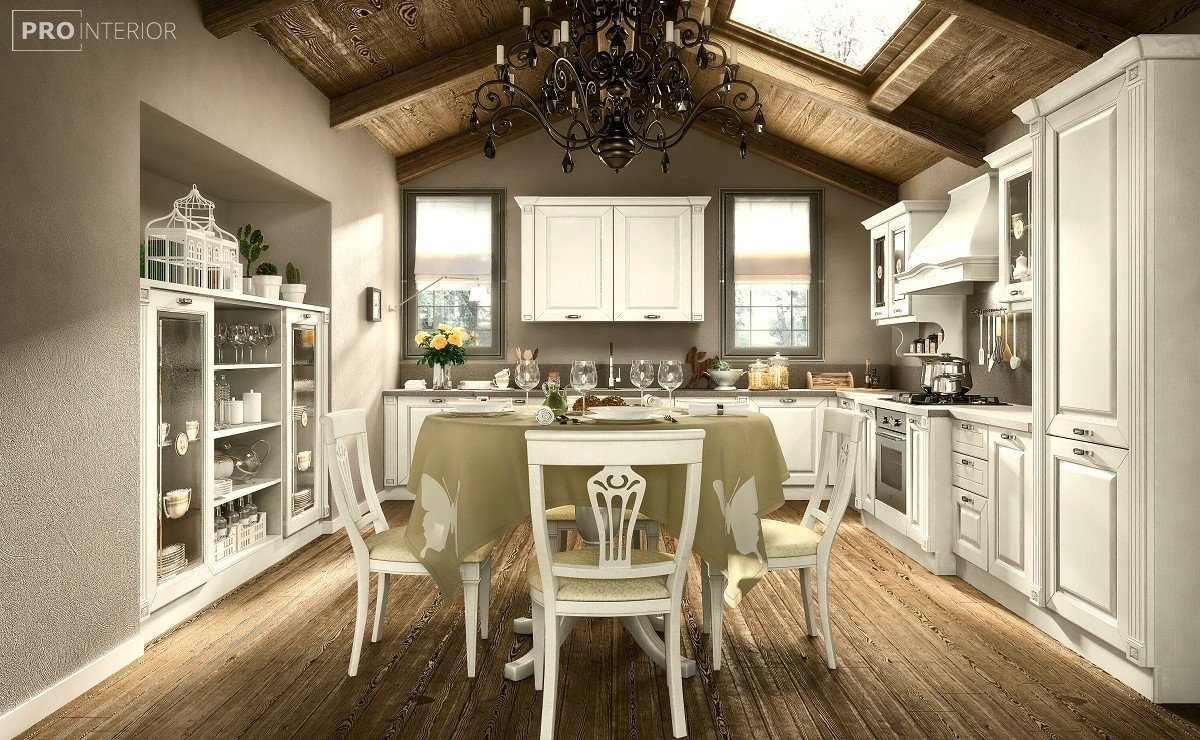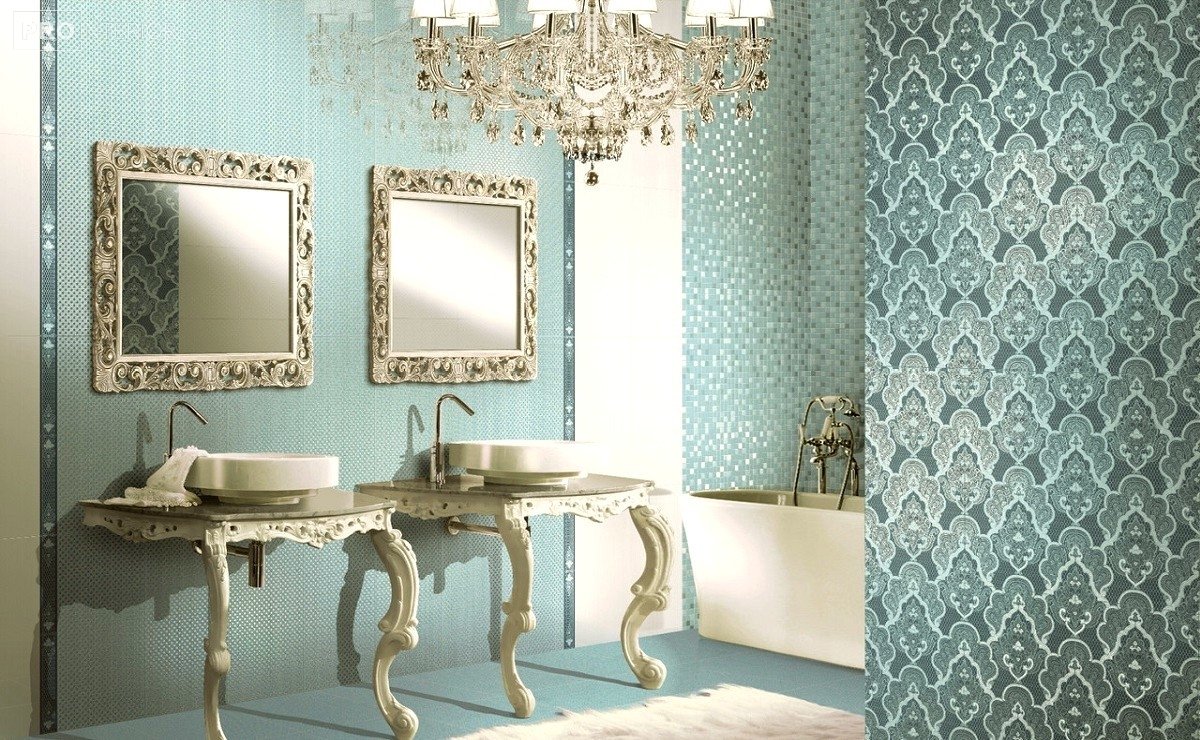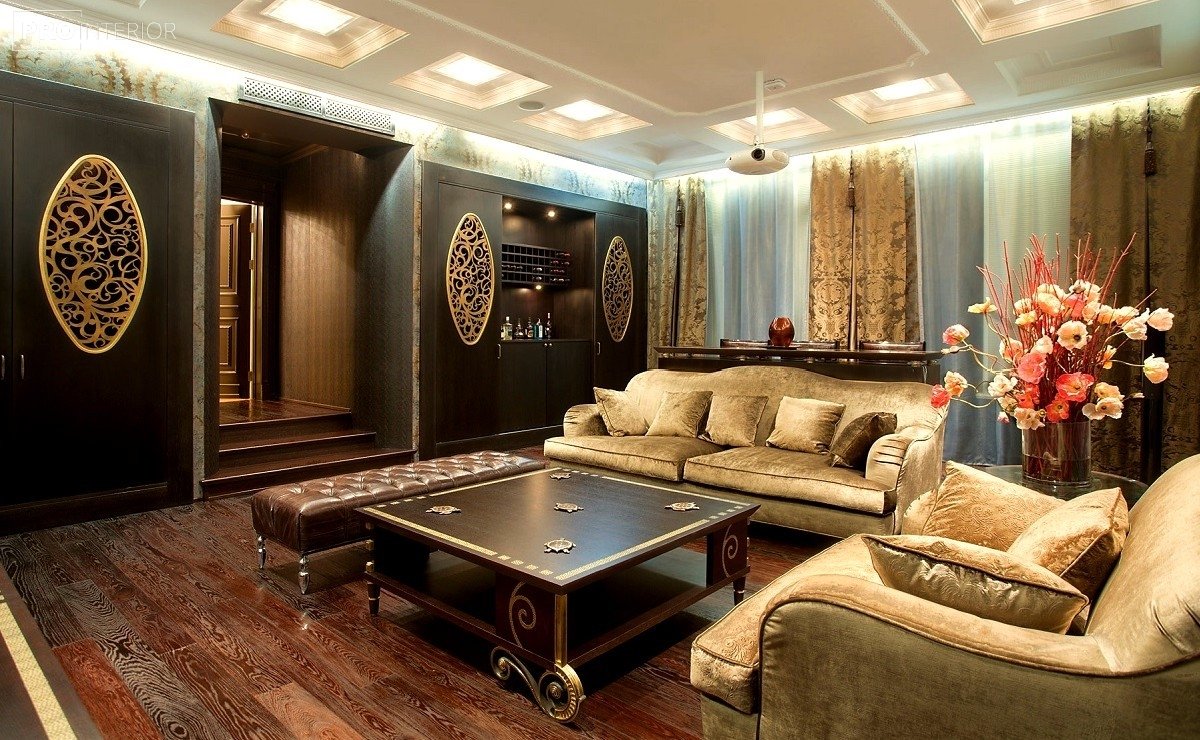Neoclassicism
Neoclassicism-it combines the features of several design trends: classics, antiquity, Renaissance, minimalism. Neoclassicism gave new life to traditional interior solutions, when it seemed that the classics had exhausted themselves and the designers would not surprise the sophisticated luxury audience.

Equipped according to the canons of Neoclassicism, the room is a masterpiece, where there is nothing superfluous. It is characterized by:
– high ceiling;
– restraint of the color palette,
– simplicity of lines;
– exquisite decoration;
– respectability and aristocracy.




The style flourished in Europe in the second half of the XVIII and the beginning of the XIX century. In Russia and Germany, it reigned later and was reflected in retrospect. The latter adopted strict proportions, logical layouts, and a focus on traditional design solutions from Neoclassicism. One of the peaks of Neoclassicism was the monumental Stalinist Empire of the 1930s.




In America, the neoclassical trend developed abruptly, mixing with the traditions of the American Renaissance and the colonial revival. In the United States, the heyday of the style was the most recent and occurred in the 50s of the last century.



Where is the border?
Traditionally, France is considered the birthplace of Neoclassicism. A number of art critics call the outstanding architect Claude Ledoux a harbinger of style. This interpretation raises a lot of questions. Ledoux created his masterpieces 100 years earlier than the neoclassical era. He designed the interiors and exteriors of buildings according to the canons of French classicism. The architect was a prophet in art, anticipating the creative discoveries of modernity. The problem is different: the historical line between the epochs of classicism and Neoclassicism is more than thin. The XVII century is the time when classical traditions flourished in European interior design. However, at the peak of style development, its crisis always arises, and the ground is created for returning in a different capacity at a new turn of history.




A style that doesn’t exist?
There are a lot of stereotypes about neoclassics. The most popular of them: the design direction with the prefix “neo” does not differ from the classics. How do I understand the difference between styles? Look at neoclassical creations: Marcello Piacentini, Karl Schinkel, Robert Adam or Ivan Fomin. The interior of The Italian La Scala theater, the Old Berlin Museum, the English Sion house, and the St. Petersburg polovtsevs ‘ house is a clear confirmation that the styles differ.



There is an even more interesting version: the Autonomous neoclassical style is a myth. Its supporters declare all design trends where the influence of the classics is noticeable as neoclassical trends. If you follow their logic: many styles in design that have adopted the traditions of the classics can be considered fiction!





In the category of elite destinations
A fully neoclassical interior of an apartment or house is a difficult luxury to access, but its individual elements are successfully used in various directions. The most popular neoclassical techniques:
– a combination of artificial and natural materials (which is unacceptable in the classics);
– domination of light, elegant forms;
– use of Egyptian and Etruscan motifs, plant ornaments;
– rejection of the riot of colors;
– use of natural colors (including gray, sand, pearl, brown, beige);
– placement of design accents through turquoise items;
– zoning of space using stucco, columns, pilasters with capitals, cornices with modillons, arches, sculptures, niches, carved elements.


Exclusive handmade carpet, upholstered chairs and sofas, coffee tables, buffets, secretaries, forged furniture and accessories will create a unique atmosphere in the house. When you design a neoclassical interior, you can not save on buying exquisite things! It is better to initially give preference to carefully selected headsets, rather than “national hodgepodge”.



As in the best houses in London, Paris, Moscow
To add notes of Neoclassicism, feel free to use:
– plaster stucco;
– half columns of drywall;
– bas-reliefs with images of sphinxes;
– Wallpaper, draperies made of expensive fabrics;
– sculptures and vases in antique style;
– painted porcelain dishes;
– glass stained glass Windows;
– large framed mirrors.



As a replacement for wood and marble, laminate, ceramic tiles, and plastic, whose surface imitates natural materials, are perfect.



Important attributes of the room will be: a fireplace, an old wall or floor clock, a crystal chandelier, floor lamps, paintings, tapestries with antique subjects or scenes of military battles, landscapes, still lifes. One of the fashionable neoclassical solutions is a coffee corner-when a special table and soft chairs with high backs are placed on a strictly defined area of the room. The style offers its fans a lot of opportunities to emphasize a high standard of living, and at the same time provides clear tools for working with space.

You may also be interested In:
Все, что вы не нашли на сайте, найдете с GOOGLE прямо тут "не отходя от кассы".




